President Trump says he will move forward with 'quest' to put citizenship question on 2020 census
Reaction and analysis from Fox News contributor Deroy Murdock.
Botched.
The Trump administration’s decision to abandon its efforts to include a citizenship question on the 2020 Census represents the sad and aggravating end to what should have been an easy fight.
Alas, rather than make a simple and winnable argument for this policy, Team Trump’s attorneys created a tangled legal web in which they eventually ensnared themselves. Meanwhile, to say that the administration’s public-education effort didn’t help would give it too much credit, since it was virtually imperceptible.
Instead, before and after the U.S. Supreme Court’s decision Thursday in Department of Commerce v. New York, widespread confusion has guided the debate over the administration’s plan to ask on the next Census: “Is this person a citizen of the United States?”
CENSORING THE CENSUS CITIZENSHIP QUESTION IS ABOUT POLITICS, NOT THE LAW
Before this ruling, even generally pro-Trump pundits were sadly misinformed as they described this question as something new. After the Court decided 5-4 to send the case back to a lower court for further review, many of them - again, even supporters of the administration's policy - incorrectly stated that this question had not been asked since the 1950 Census. All along, the left spoke as if Trump and his “white nationalist” advisers donned white hoods before penning this query as a new-and-improved way to terrorize Hispanics, immigrants, and other Untermenschen.
WRONG!
This question is nothing new, as detailed below.
Moreover, rather than defend the citizenship question as a restoration of the status quo ante Obama, Trump administration attorneys presented a needlessly convoluted story involving the U.S. departments of Justice, Commerce, and Homeland Security all chatting among themselves about ballot access. As a New York Post editorial summarized it Friday, “Commerce Secretary Wilbur Ross claimed he inserted the question ‘solely’ because the Justice Department requested it, to enforce the Voting Rights Act. Yet [Chief Justice John] Roberts found that a ‘contrived’ rationale, since Ross had wanted to add the question ‘from the time he entered office.’”
This entire exercise was thoroughly unnecessary and too complex by half. The administration resembled a motorist who gets pulled over merely for speeding and then needlessly babbles away about what adult beverages were and were not served at a dinner he just departed. Rather than grab his traffic-ticket booklet, the officer reaches instead for his breathalyzer.
Given how much the Supreme Court tends to respect legal precedents, the administration simply should have presented these examples of the citizenship question as it has been asked historically. And they should have explained that this is simply a tradition that they aimed to reinstate.
2010 Census
The Obama administration was the first in 190 years not to ask a question related to citizenship, naturalization, or nativity.
2009-2016 American Community Survey (ACS)
Obama did ask the standard citizenship question on all eight of his annual ACSs (American Community Survey), each of which reached a smaller, changing sample (between 2.9 million housing units in 2009 and 3.5 million in 2016) than did the all-encompassing 2010 Census of all 309 million individuals in America.


2010 Census Question (Census Bureau)
2000 Census
“As I understand it, in 1950, the Census Bureau switched to sending out two Census forms, the long form and the short form,” Heritage Foundation legal scholar Hans Von Spakovsky explains. “The long form went out to one in six households, and only these 16.7 percent of Americans received the citizenship question. The Obama administration decided to drop the long form questionnaire — last used in 2000, under President Bill Clinton — and limited the citizenship question to the ACS.”
1990 Census

1980 Census
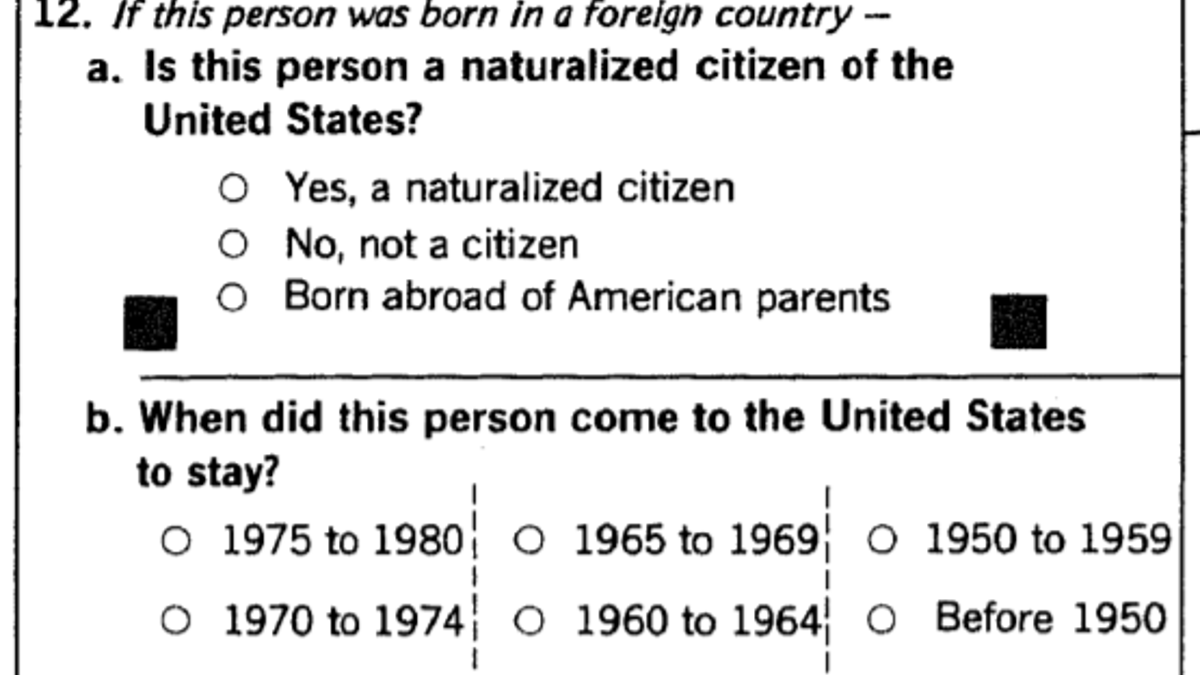
1970 Census

1960 Census

1950 Census

1940 Census
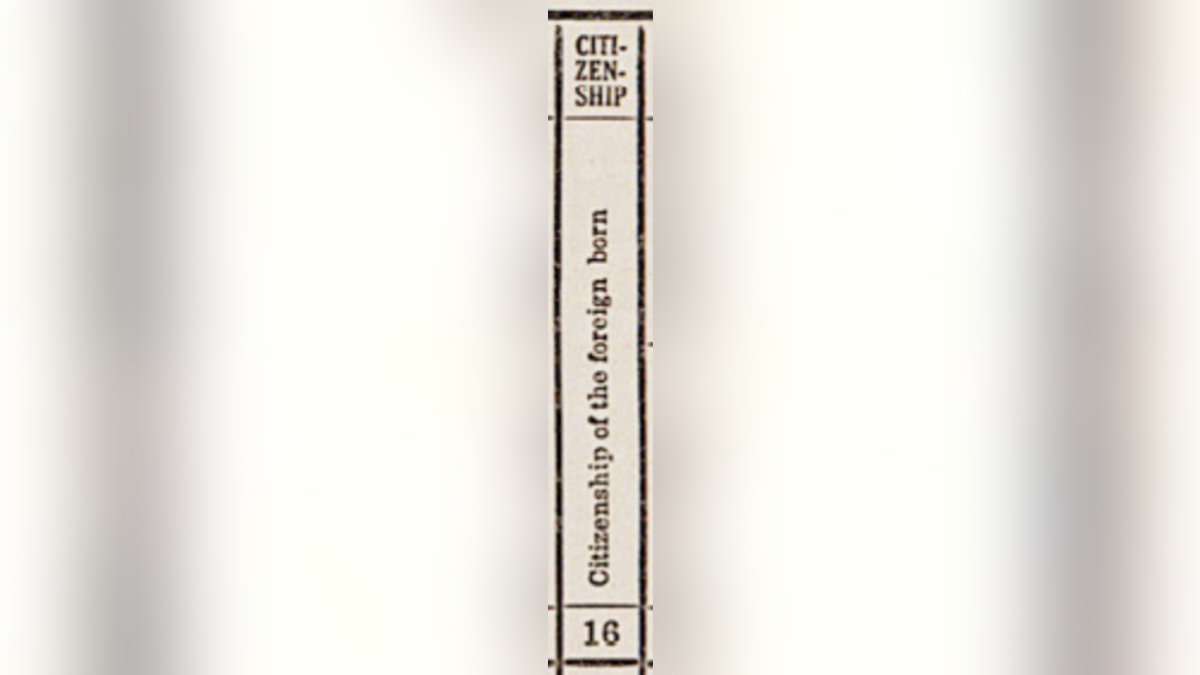
1930 Census
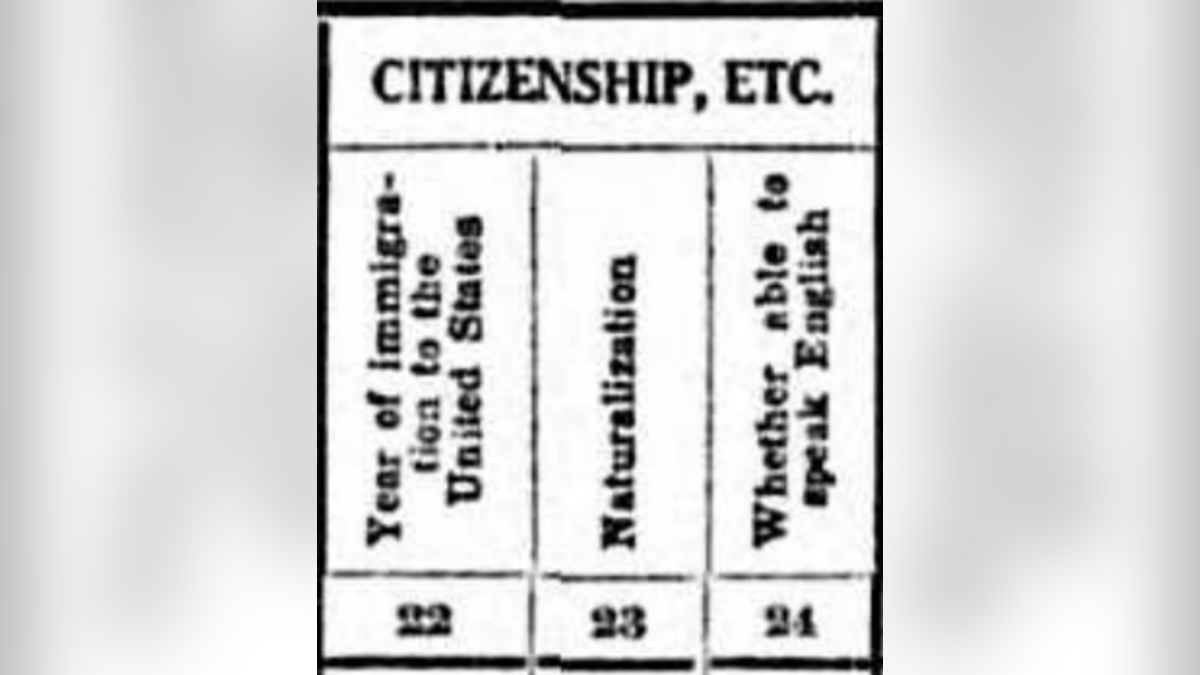
1920 Census
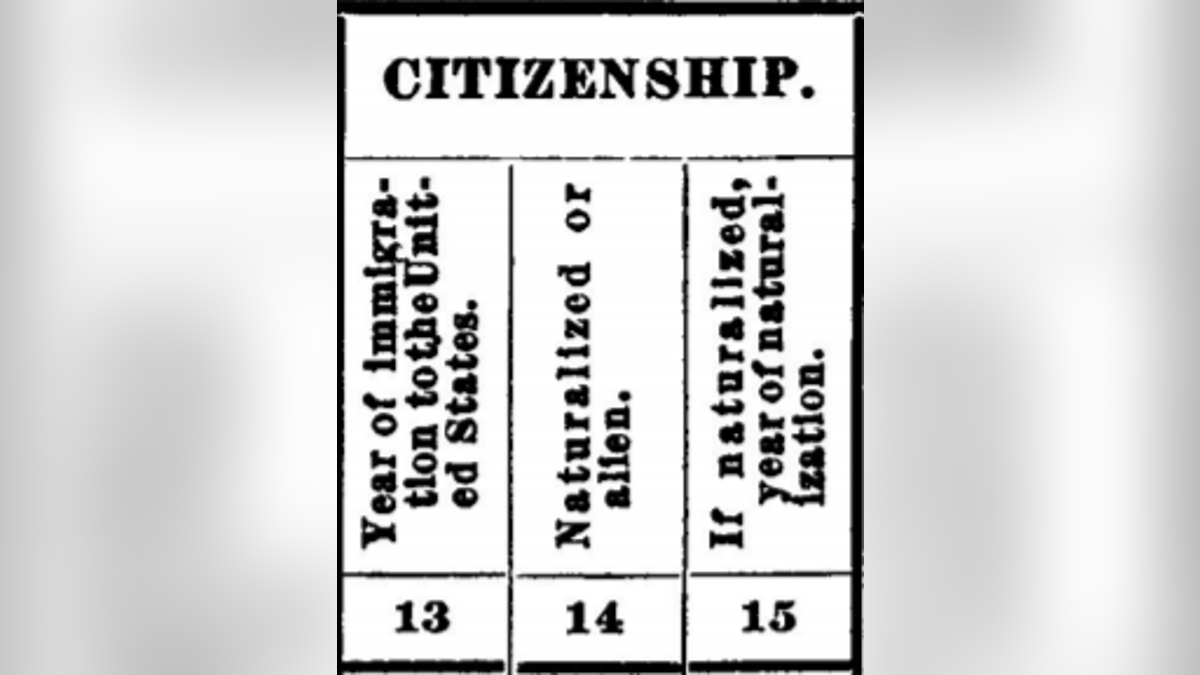
1910 Census

1900 Census
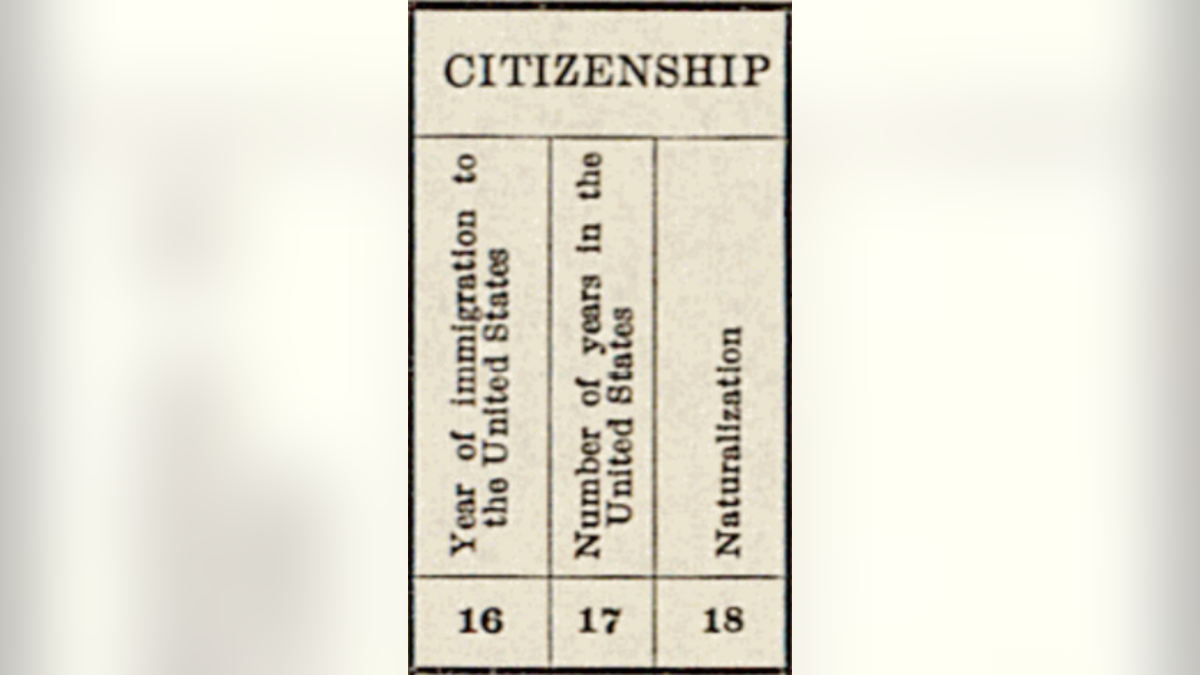
1880 Census

1870 Census

1860 Census and those before:
The presence of questions on slaves takes this exercise well beyond the citizenship question that was under discussion. (e.g. the 1850 Census asked: Is the slave “deaf and dumb, blind, insane, or idiotic?”) That said, the Census has asked about citizenship clear back to 1820, on the direct suggestion of none other than Thomas Jefferson.
The Obama administration was the first since then not to ask about citizenship, naturalization, or nativity. Still, Obama’s Census Bureau asked, “Is this person a citizen of the United States?” on all eight of Obama’s smaller, annual ACSs — in English and Spanish.
Perhaps this allowed non-citizens to be counted, for purposes of Big Government spending, without distinguishing them from the overall population, which might have led to their subtraction, for purposes of congressional apportionment. Such smaller numbers most likely would have hurt Democrats at the polls and might explain why Obama abandoned the citizenship question.
CLICK HERE TO GET THE FOX NEWS APP
The Trump administration’s only rationale should have been that it intended to restore on the 2020 Census what had been standard practice for what would have been, by then, 200 years.
No more than that needed to be said.
Team Trump’s overly imaginative attorneys (and their press secretaries) could have avoided this smoldering train wreck by simply showing the appropriate judges (and the general public) these images of 15 historical citizenship questions and added one more sentence: “The Trump administration wants to ask this question, too.”
Michael Malarkey contributed research to this opinion piece.





















